When you think of rings, particularly women’s engagement rings, the first gemstones that springs to mind for almost everyone are diamonds. However, there is no shortage of famous people from the past and the present who decided to choose an alternative and buck the trend. Jackie Kennedy, Princess Diana and Halle Berry all decided to go “non-diamond” when it came to their engagement rings.
In this article, we will focus primarily on the gemstones that are commonly used in engagement rings, but it could also cover types of gemstones for rings, any ring! We will look at what makes the right choice, such as their hardness, will stand the test of time as well as other vital points to consider, such as size and type. Remember, some rings will include more than one type of gemstone, and this too needs to be taken into account.
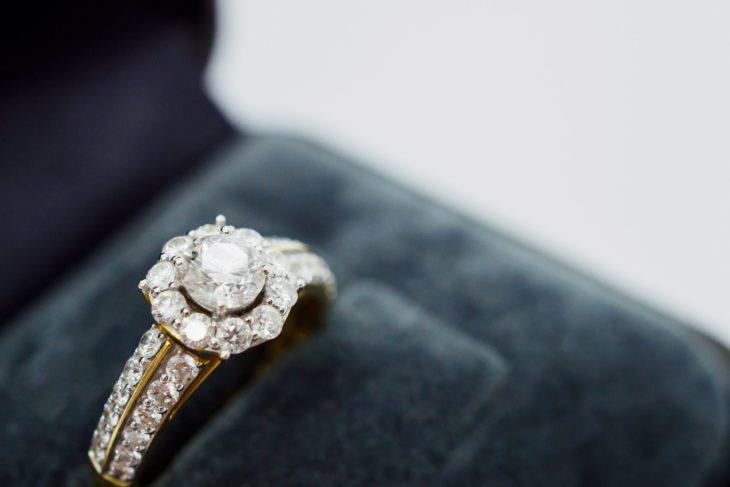
Source: lumleyinsurance
Contents
Why choose a different gemstone to a diamond?
Diamonds look superb in rings, and no one will ever dispute that. However, for all their qualities, in the most part, they lack colour. It appears to be an increasingly popular theme that these days, both men and women want to add some colour to their rings. If it is an engagement ring, many couples still select the more traditional settings such as solitaires, three stones and halos. However, just as there has been a move away from diamonds, some couples are going for more unusual settings.
The move towards something more contemporary opens the door for other gemstones to be included. They add colour and more are unique with younger couples often wishing to display their individualism. While sapphires, emeralds and rubies have always been popular; aquamarine, spinel, alexandrite and topaz are now featuring more prominently. Some also choose stones such as opal, amethyst and tanzanite, although the latter three may not be as robust as some of their counterparts.
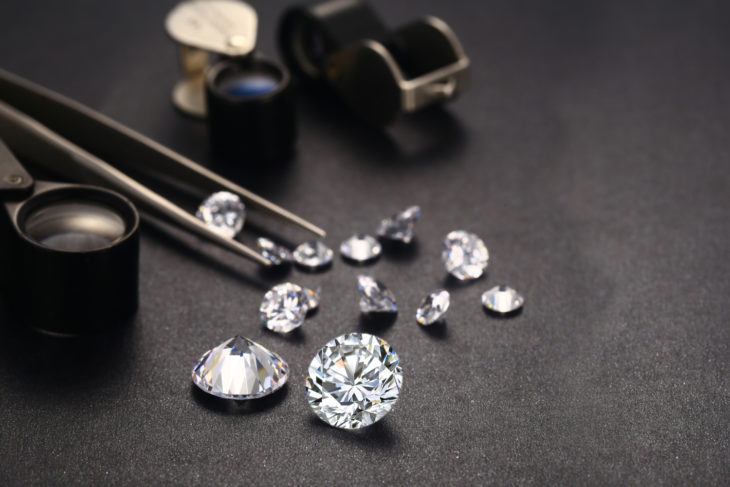
Source: Shutterstock
What are the benefits of selecting “other” gemstones”?
Diamonds almost have a personality of their own, and for some people, this is why they love them, and for others, it is a reason to avoid them. By selecting “other” gemstones, you get the opportunity to express your personality by introducing some colour or a blend of colours. As the stones are generally less expensive than diamonds, you can get something larger and explore more unusual shapes.
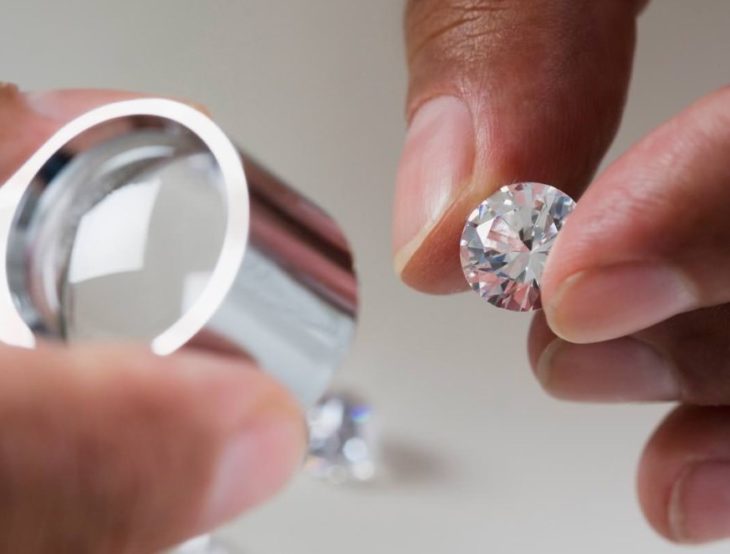
Source: Medium
What are the risks of selecting “other” gemstones”?
Diamonds score 10/10 on the Mohs Hardness Scale, and very few other gemstones score as highly, which means that they are more susceptible to scratches and further damage. Amazingly, dust scores 7/10 so you definitely need to choose a gemstone with a Mohs Hardness Ranking of 7.5/10 or above. Another problem with selecting a different gem is that many jewelry stores will have limited stocks so if you do lose a stone, you may have difficulty finding an exact replacement – something which is rarely a problem with diamonds.
Which gemstones look best?
If we assume that we are only going to choose gemstones that have a Mohs Hardness Ranking of 7.5 or above, we then need to evaluate what other properties different gemstones have. Here are the ones that we think are the best:
1. Sapphires
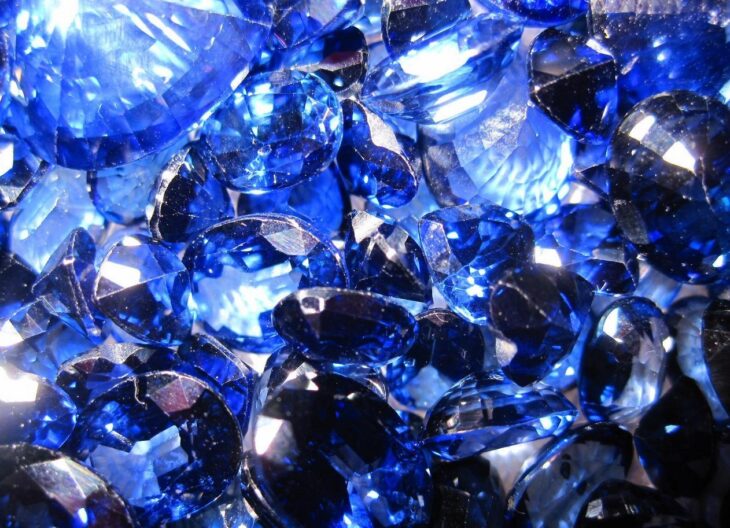
Source: WallpaperAccess
Sapphires come in a wide range of different colours, so that are a superb choice if you do want to include all the colours of the rainbow in your ring. They rank 9/10 for hardness, and as the stone is said to represent loyalty, it is ideal for engagement rings. They are regarded as a Type II gem which means that inclusions are likely, but if you select stones that are clear to the naked eye, you will have a beautiful gem that will look gorgeous in a ring.
2. Emeralds
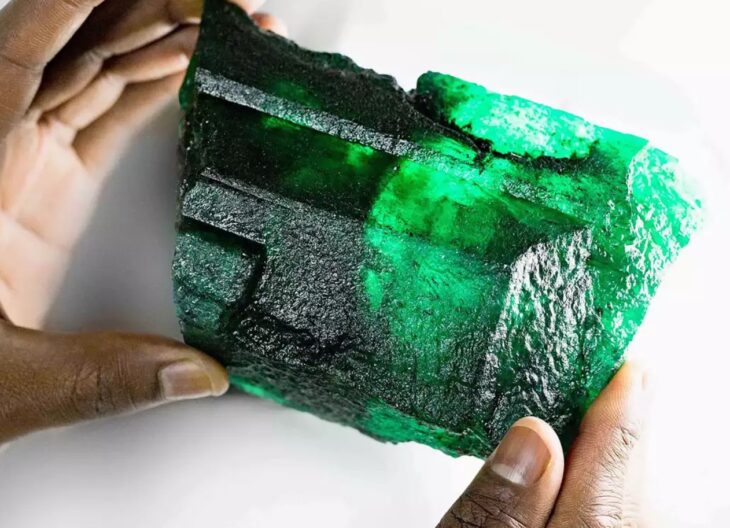
Source: The Economic Times
The emerald is a beautiful green stone that comes in an array of shades, but experts claim that you should select a medium green for rings. Emeralds represent growth and energy and are believed to have a calming effect on the body and mind. They are incredibly popular with men and women and look outstanding in rings. Unfortunately, they only rank 7.5/10 on the Mohs Hardness Scale, which means that they can be easily scratched. They are a Type III gem and are prone to inclusions, so you need to choose carefully.
3. Rubies
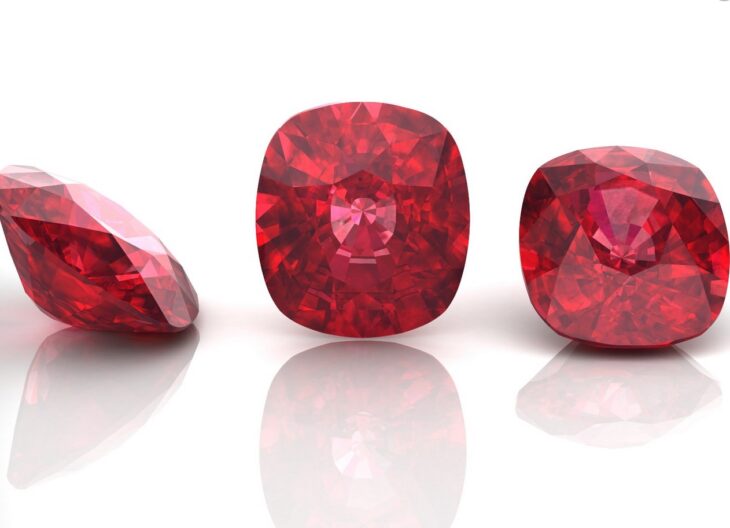
Source: I.D.Jewelry
We all know that rubies are red, but they come in a variety of shades which enables the wearer to experiment with different stones to create patterns and designs. As with sapphires, they are ranked 9/10 on the Mohs scale and a Type II gem. Rubies are closely associated with love and passion, which again makes them an ideal choice for engagement rings.
4. Aquamarine
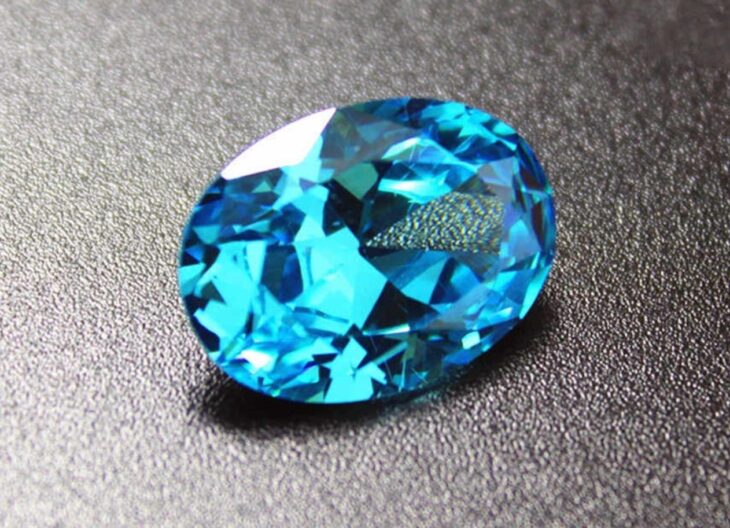
Source: AliExpress
Aquamarine is a very shiny gemstone, so it is very pleasing on the eye. They are in the emerald family, although aquamarine is light blue and represents healing and tranquillity. It is a Type I gemstone so in its natural state is almost flawless. Unfortunately, it only ranks 7.5 in terms of hardness so it can quickly become scratch. Stones that are darker in colour hide dirt and scratches better.
5. Spinel
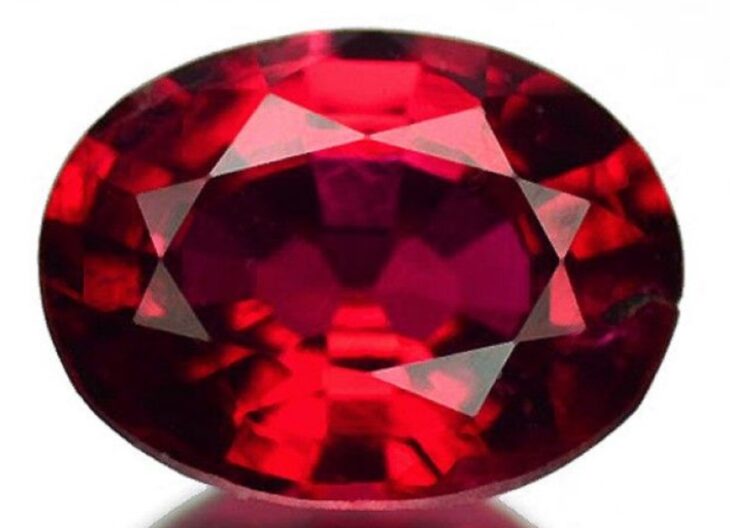
Source: Pinterest
Spinel comes in a wide range of colours with red, blue, pink and purple being the most common. They are less widely known than other gems so appeal to those who want a truly unique ring. Spinel is said to represent power and protection which is fitting for a stone that scores 8/10 on the Mohs scale. It is a Type II stone so like with sapphires and rubies, you should look for one that is clear to the naked eye.
6. Topaz
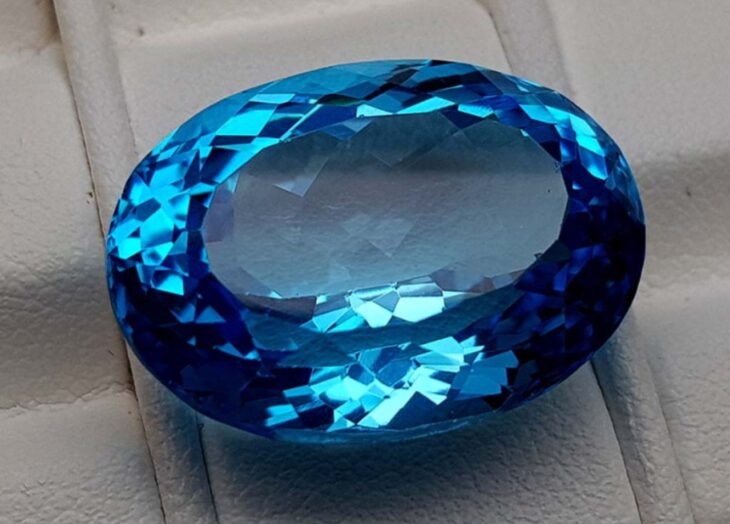
Source: Gem Rock Auctions
The topaz is most commonly associated with the colour blue, but it can be colourless, yellow, pink or even peach coloured. The stone is said to represent wealth and royalty and ranks 8/10 for hardness. Some topaz crystals are enormous, so are great for those who want a big rock on their finger. You should select a stone which is eye clear, meaning that it has no visible inclusions. A word of warning regarding topaz, if it shines multiple colours, it has been artificially coated and will be far less durable.
To learn about the different types of gemstones, you can visit the education page of the ICONIC website.
